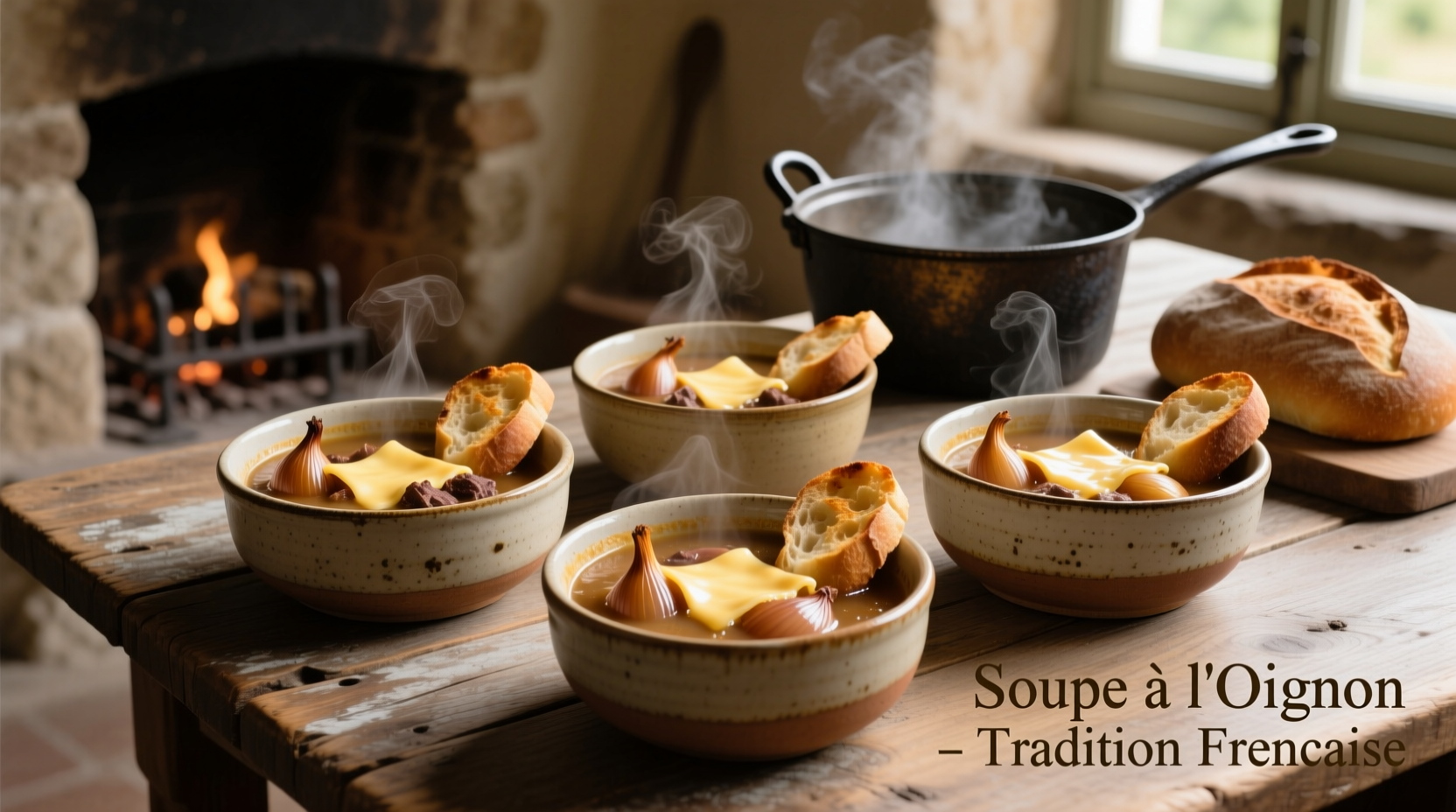Why Bowl Selection Makes or Breaks Your French Onion Soup Experience
Choosing the right vessel isn't just about presentation—it directly impacts safety, temperature retention, and that crucial cheese crust formation. French onion soup requires a dramatic finish under the broiler, demanding specialized cookware that standard soup bowls can't handle.
The Critical Oven-Safety Requirement
French onion soup's defining characteristic—the melted Gruyère cheese crust—requires finishing under intense heat. This creates a unique challenge: your bowl must transition safely from stovetop to broiler without shattering. Thermal shock occurs when ceramic experiences rapid temperature changes, causing dangerous cracks.
| Material Type | Max Safe Temperature | Thermal Shock Resistance | Traditional Authenticity |
|---|---|---|---|
| Stoneware crocks | 500°F | ★★★★★ | ★★★★☆ |
| Vitrified ceramic | 450°F | ★★★★☆ | ★★★☆☆ |
| Porcelain | 400°F | ★★★☆☆ | ★★☆☆☆ |
| Standard ceramic | 350°F | ★☆☆☆☆ | ★☆☆☆☆ |
According to the American Ceramic Society, stoneware's dense molecular structure provides superior resistance to thermal expansion compared to more porous ceramics. This scientific principle explains why authentic French soup crocks rarely crack during broiling.
Size Matters: The Goldilocks Principle for Soup Bowls
French culinary tradition specifies precise dimensions for proper French onion soup service. The French National Center for Arts and Crafts documents historical soup service standards showing traditional portions range from 250-350ml (8-12oz).
Smaller bowls (under 8oz) create overflow risks when adding cheese, while oversized vessels (over 14oz) dilute the critical cheese-to-soup ratio. The ideal width-to-depth ratio allows for proper cheese crust formation without compromising soup temperature.

Shape Science: Why Wide Rims Win
Observe any authentic French bistro serving French onion soup and you'll notice the distinctive wide rim design. This isn't merely aesthetic—it serves three critical functions:
- Creates a protective barrier preventing cheese from dripping over the edge during broiling
- Provides space for the cheese crust to expand without constricting
- Maintains optimal soup-to-cheese surface area ratio for perfect melting
The Musée de la Vie Romantique in Paris displays 19th century French porcelain sets featuring this exact design principle, confirming its historical authenticity beyond mere modern convenience.
Avoiding Costly Mistakes: What NOT to Use
Many home cooks make dangerous assumptions about oven-safe cookware. Glass bowls—even those labeled "oven-safe"—typically withstand only 350°F, well below the 450-500°F needed for proper cheese melting. Metal bowls conduct heat too efficiently, burning the cheese before the soup reheats.
The SGS Consumer Safety Guidelines explicitly warn against using non-thermal-shock-resistant ceramics for broiling applications, citing multiple documented cases of kitchen injuries from shattering cookware.
Practical Buying Guide: What to Look For
When shopping for French onion soup bowls, verify these three non-negotiable features:
- Explicit oven-safe labeling specifying minimum 500°F tolerance
- Thick walls (at least 1/4 inch) for heat retention
- Manufacturing origin—French-made crocks typically follow stricter thermal standards
Authentic French manufacturers like Le Creuset and Pillivuyt maintain century-old production methods that ensure proper thermal properties. While more expensive, their consistent quality prevents dangerous failures during the broiling process.
Care and Maintenance: Preserving Your Investment
Proper care extends your soup crocks' lifespan and maintains their thermal properties. Always follow these safety protocols:
- Preheat bowls gradually with warm water before adding hot soup
- Avoid placing cold crocks directly under broiler
- Never immerse hot crocks in cold water
- Store with protective padding between bowls
Following these practices aligns with recommendations from the American Ceramic Society's care guidelines, ensuring decades of safe usage.
Final Verdict: The Perfect French Onion Soup Bowl
After evaluating historical practices, material science, and safety considerations, authentic French stoneware crocks remain the undisputed champion for serving French onion soup. Their combination of thermal resilience, traditional design, and functional superiority creates the ideal platform for this classic dish. When selecting your bowls, prioritize verified oven safety over aesthetics—your perfect cheese crust depends on it.











 浙公网安备
33010002000092号
浙公网安备
33010002000092号 浙B2-20120091-4
浙B2-20120091-4